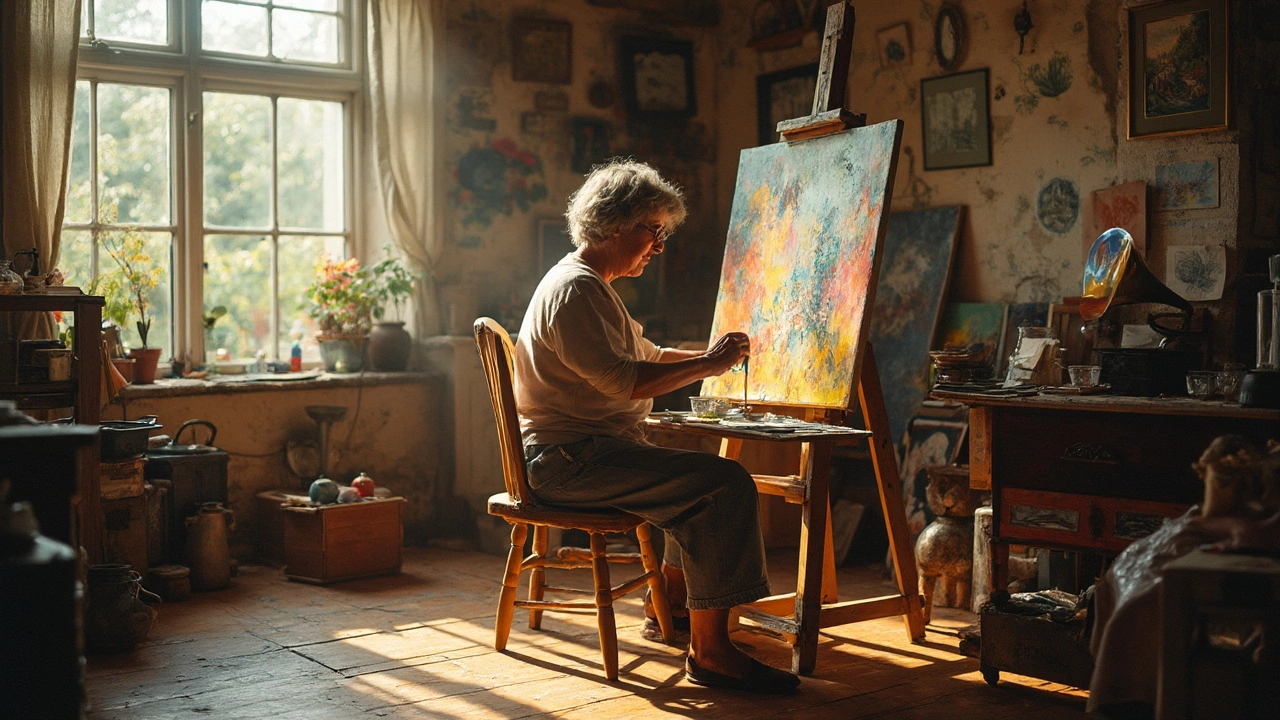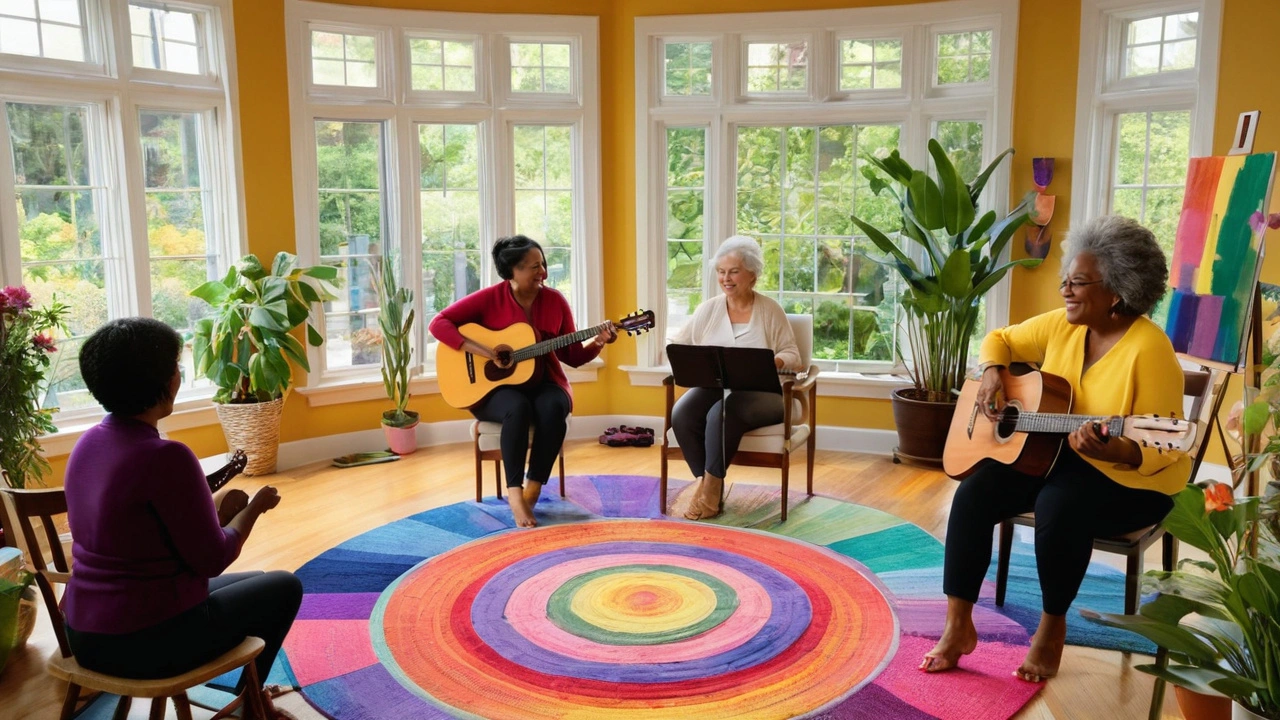Therapeutic Techniques: Practical Methods to Reduce Stress & Heal
Therapeutic techniques are simple tools you can use right now to feel less stressed, sleep better, and move with less pain. This page gathers easy methods—from biofeedback to aromatherapy—that many people use at home or with a therapist. You don’t need fancy gear. Just a few small changes and some simple routines can make a real difference.
Common Techniques That Work
Biofeedback: This uses devices to show body signals like heart rate or muscle tension. Seeing those signals helps you learn to calm your body faster. Try a short session with a trained practitioner or use a consumer device to practice 10 minutes a day. Tip: focus on slow breathing while watching the feedback—your heart rate will often drop within a minute.
Mindfulness & Meditation: You don’t need long sits or silence. Start with 3–5 minutes of focused breathing or a quick body scan. Mindfulness sharpens focus and lowers reactivity. Use guided apps or short recordings and put them into a morning or evening routine. Tip: breathe in for four, out for six to ease tension quickly.
Aromatherapy: Essential oils like lavender or eucalyptus can calm you or open your airways. Use a diffuser or a drops-on-tissue for travel. Keep it light—strong scents can irritate. Tip: carry a small inhaler for airport anxiety or a pillow spray for better sleep.
Sports Massage and Manual Therapy: Massage reduces muscle tightness, speeds recovery, and helps prevent injuries. You can do simple self-massage with a tennis ball for tight spots or book a session for deeper work. Tip: after exercise, spend five minutes on slow strokes and gentle pressure to cut soreness later.
Creative Arts Therapies: Drawing, music, or movement can help process emotions without words. Try a 10-minute sketch to unload stress or play a short playlist to shift your mood. Tip: don’t aim for “good” art—just use the activity to change how you feel.
How to Choose and Use These Techniques
Start with one clear goal: sleep better, lower pain, or feel less anxious. Pick the technique that matches that goal and try it for two weeks. Keep sessions short and consistent—five to fifteen minutes daily beats one long session once in a while. If a technique causes more discomfort, stop and ask a professional. Combine methods: a short mindfulness practice plus a calming scent often works better than either alone.
If you want guidance, search related articles on this site—like posts on biofeedback, mindfulness for burnout, aromatherapy for travel, and sports massage tips. Small, practical steps add up fast. Try one tonight: a two-minute breathing exercise, a lavender pillow spray, or a quick shoulder roll. Notice how you feel and tweak from there.

Demystifying Creative Arts Therapies: Unlocking Healing Through Expression
Creative arts therapies offer unique ways to explore emotional and psychological well-being through various art forms. By tapping into our innate creativity, these therapies can unlock new paths to healing beyond traditional talk therapy. They integrate techniques from visual arts, music, dance, and drama to foster self-expression and personal growth. As more people discover their benefits, creative arts therapies continue to gain recognition. This article unravels the mysteries around these therapies and offers insights into their potential impact.
Read More
Creative Arts Therapies: Comprehensive Guide 2024
Discover the transformative power of creative arts therapies in addressing mental health issues and fostering overall well-being. This guide explores various forms of therapy, including art, music, dance, and drama, and provides valuable insights on their benefits. Learn practical tips on choosing the right therapeutic approach to suit individual needs. Dive into real-life examples and success stories that illustrate the effectiveness of these innovative techniques.
Read More